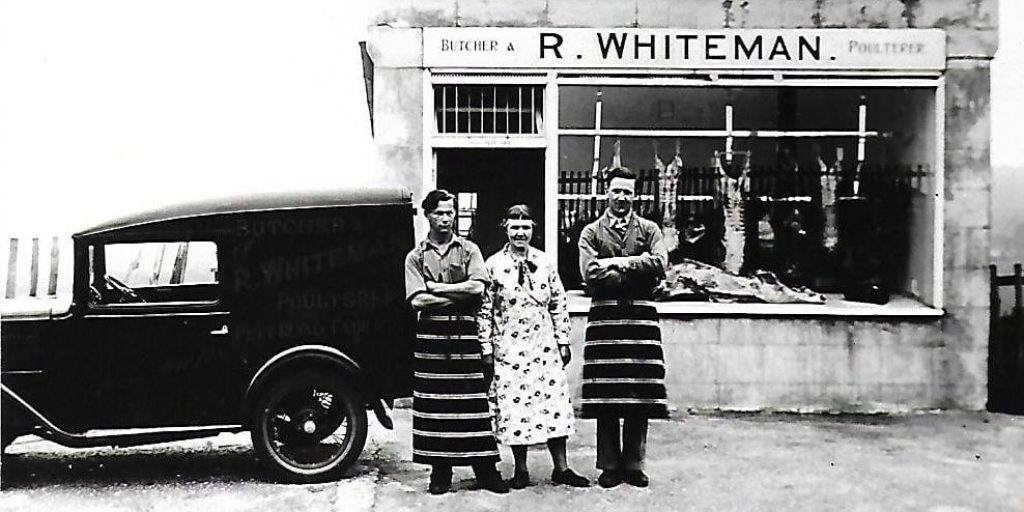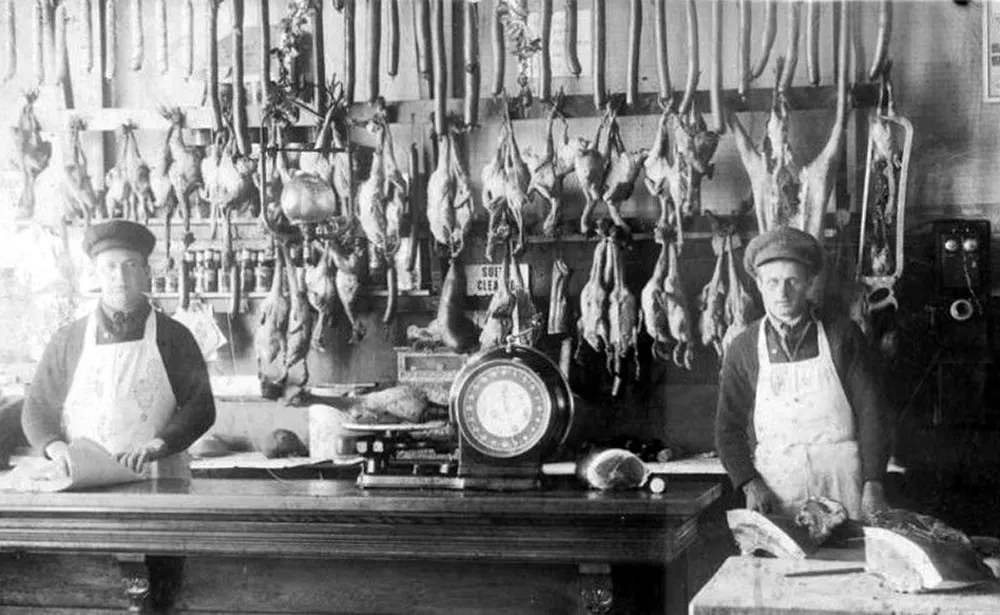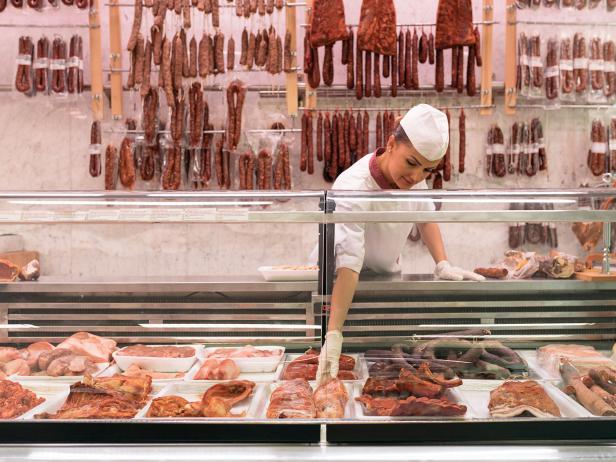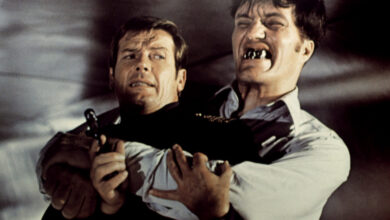You Won’t Believe What Happened to Old-School Butcher Shops – See How They’ve Transformed Today!
The evolution of butcher shops reflects a significant shift in consumer habits over the decades. Traditional butcher shops once flourished, offering personal service, quality meat, and expertise. However, the rise of supermarkets in the 1960s brought about a decline as they offered more convenience and lower prices. Supermarkets began dominating the meat market by processing boxed beef, making it cheaper and easier to transport compared to the traditional methods used by butchers.

But despite this decline, butcher shops have found ways to adapt in the 21st century. In recent years, there’s been a resurgence in demand for premium, local meats driven by the farm-to-table movement and a desire for high-quality, sustainably sourced products. Many modern butchers are embracing online platforms, offering home delivery services, and using social media to reach new customers. This evolution allows butcher shops to compete with large-scale retailers by focusing on customer service and quality, ensuring their place in today’s food market.
The pandemic also contributed to this shift, as many consumers turned back to local shops when supermarket shelves were empty, renewing interest in supporting independent butchers. Today, butcheries are not only adapting with online offerings but are also tapping into modern trends like click-and-collect services and culinary masterclasses.





